Student Wellness
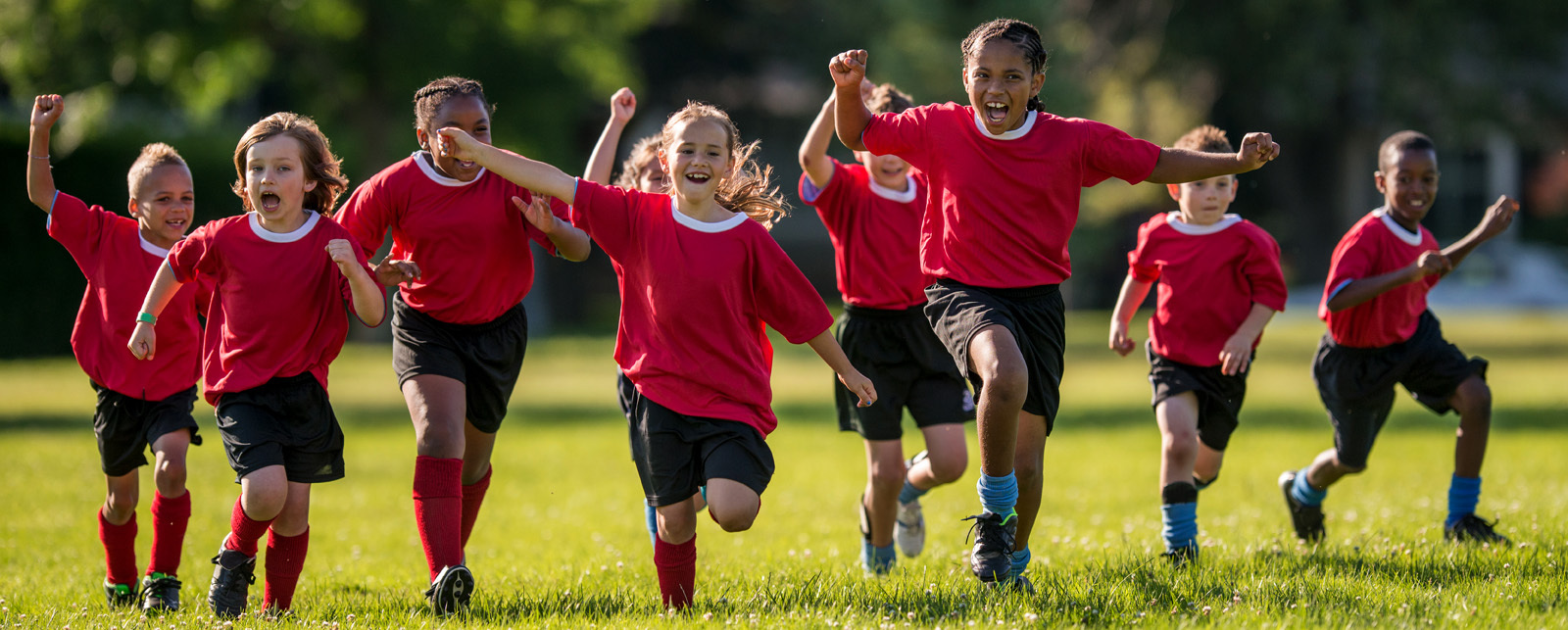
Community-based design for wellness
“It takes a village to raise a child”, and a community to ensure that child is educated in a safe and supportive environment. Young people spend significant amounts of their lives in schools, where student safety and wellness should be a priority.
Movement, activity, sports programs and field trips have been a staple in school wellness programs. And another important responsibility schools have today as a part of that community, is the nurturing of student social, emotional, and mental health. With all the chaos and noise today, from the constant barrage of news and information, the viral nature of communications and the pandemic driven isolation and remote learning challenges, schools are grappling with how best to meet increased student stress and anxiety.
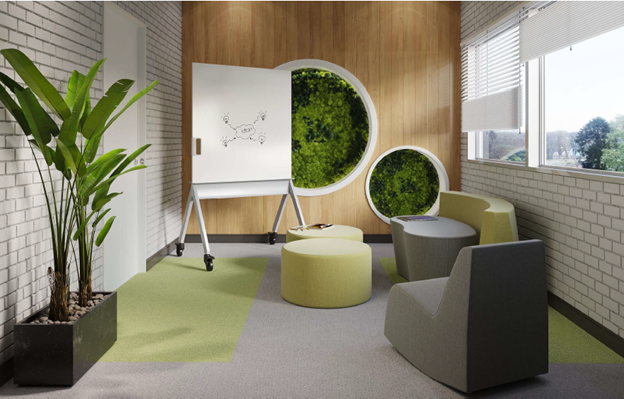
Time to focus
The California Department of Education (CDE) in collaboration with WestEd, the K12 Lab at the Stanford d.School, and many other entities have been developing initiatives to support the health, safety, and wellbeing of students and staff. Carrying forward the known benefits from access to nature and biophilic design, school architects, designers and educators recognize that providing a wider variety of programs and spaces to support overall wellbeing can foster positive student development and prevent more persistent student stress.
Our Learning Environments team in collaboration with several Northern California school districts, have evaluated needs and developed design inspiration and layouts for Calm Rooms and Wellness Spaces to be integrated into classrooms and schools. Each design offers attributes that can contribute positive impact to students’ mental health and learning capabilities. There are spaces to reflect and refocus, to contemplate, to wind down or simply to time out. Some are completely new environments, others are conversions of existing spaces, but all are intentionally designed to introduce calm and enhance wellbeing.
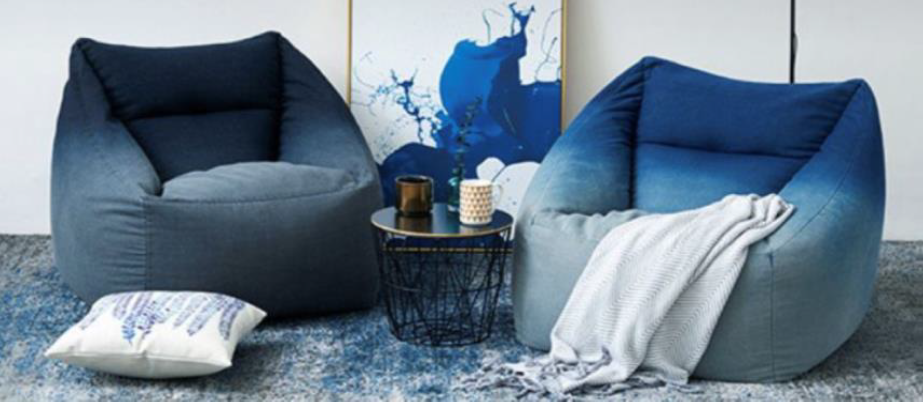
These types of space resources aligned with other initiatives supporting student well-being, contribute to a cohesive student safety and wellness program. They should be integrated into both the facility and the schedule depending upon organizational needs; some Calm Rooms are designed specifically as time out spaces for troubled students.
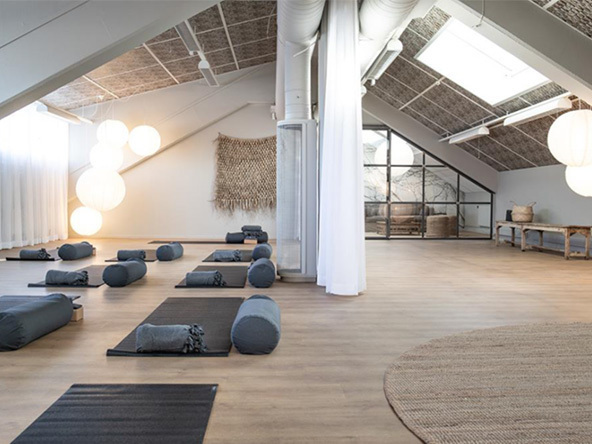
Wellness Spaces and Calm Rooms serve the dual function of encouraging student wellness along with conveying the school's intention to keep all students well and safe. The combination of physical activity and sports programs, attention to the value of positive play as our team learned from Playworks, student safety protocols, safe school designs, and supporting the wholistic developmental needs of children will move our schools forward in supporting student wellness and learning.
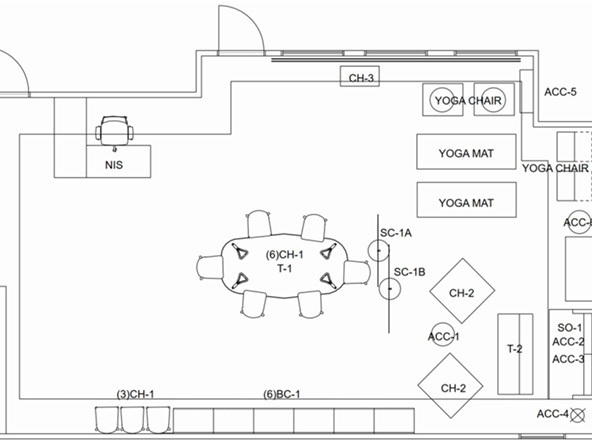
Safety empowers learning
Meaningful learning occurs when all members of a school community feel safe, valued, cared for, respected, and engaged. And "schools with a more positive student-reported school climate had higher academic performance in English language arts and math."
Likewise, truly feeling equity doesn’t just level the playing field, it raises everyone in the game. To dive more deeply into a community-based design process to enhance student wellness and school safety, we invite you to listen in to Episode 44 of the ONEder Podcast: Design Thinking for School Safety.
And our Learning Environment specialists are always available for a conversation or a collaboration on spaces to support wellness and safety for your students and schools.